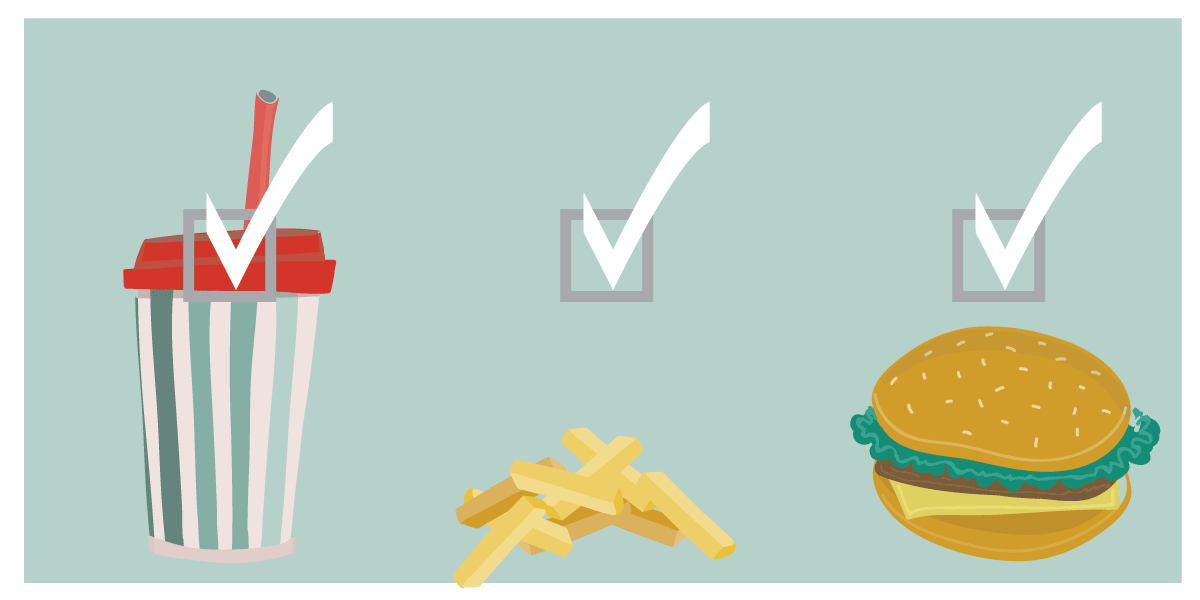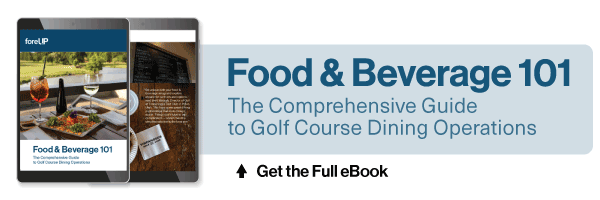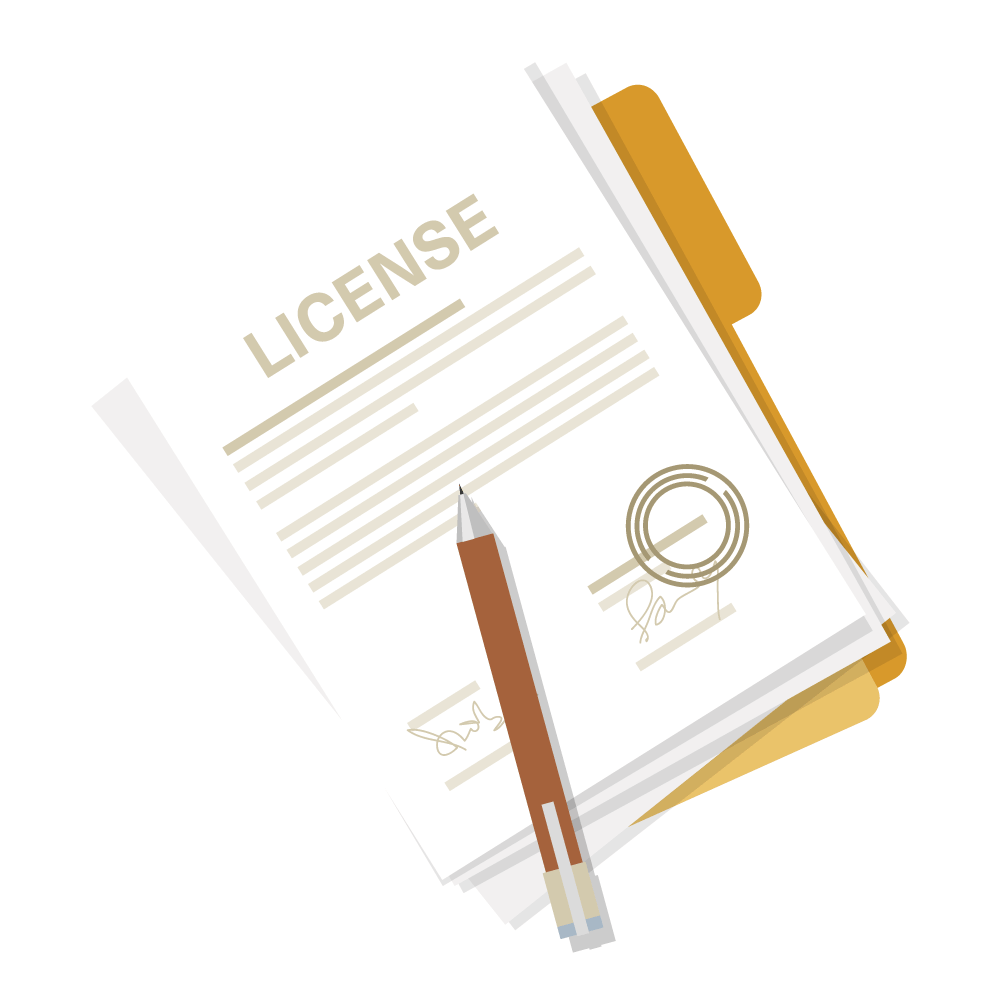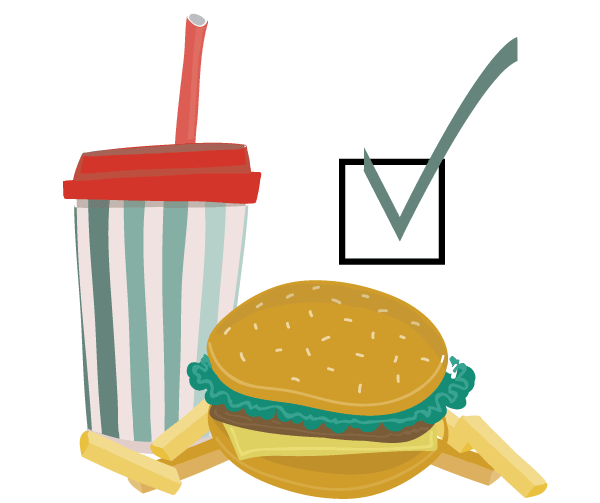This is an excerpt from foreUP’s eBook Food & Beverage 101. To read more, download the free eBook here.
As your new (or updated) golf dining operation unfolds, there are crucial pieces that need to be put into place before things take off. After determining the big picture ideas, you can now identify the more specific details that you’ll need to get a handle on before you launch.
Creating a checklist of necessary steps to take before you open your food & beverage operation is vital. While many of these steps may seem like minor elements to the bigger project, skipping anything could cause a disaster as your restaurant is just beginning. Identifying these details and carrying them out correctly will ensure that your new operation has a smooth launch and stays operational.
Budgeting & Purchasing
Budgeting has likely already played a role in the decision to start a food & beverage operation. Your budget was likely a large factor in selecting the kind of restaurant setup you’ll be bringing to your course or club. However, a more detailed budget is still necessary as you continue the process.
It’s important to identify the starting costs of your restaurant. Will you need:
- Inventory?
- Kitchen equipment?
- Staff uniforms?
- Tables and chairs?
- Printed menus and signboards?
Depending on the type of restaurant you’ll be running, many of these purchases will be required before your opening day. Finding the appropriate vendors in your area for items like staff uniforms, bulk restaurant supplies, and industrial appliances will make this process easier.
As you choose large items like stoves, ovens, drink fountains, dish sinks, and more, having an expert on hand will be invaluable. However, it’s still perfectly manageable to make the right decisions for your operation if you go in being well-researched and knowledgeable about your setup.
Developing a Menu
A great menu will set a strong foundation for your new restaurant operation, and it’s up to you and your team to make it happen. The variety of items, type of food, and pricing will vary widely depending on the kind of operation you’ve decided to go with, so it’s important to keep your restaurant and its menu consistent with one another.
For businesses that are tackling their new restaurant from the ground up, you’ll likely have to hire a chef or cook for your team. If you’re developing a menu from scratch and don’t have extensive restaurant experience, it may be wise to bring a cook or chef on before you solidify your menu in order to get a second opinion or guidance.
Be sure that your menu aligns with the kitchen and equipment you’re putting in place. “We don’t have a fryer, so we don’t do burgers and fries,” said Timpanogos Golf Club Director Brett Watson. “We decided to do something different, and that has been really great for us.”
It’s crucial to consider your clientele as your menu forms. Go back to the factors that led you to decide the type of operation you’ll be running. What groups do you plan to see in your restaurant?
- The breakfast and brunch crowd
- The lunch crowd
- The dinner crowd
At many golf course grilles and cafes, it’s typical to only be open for a portion of the day. These smaller restaurant operations can safely close after lunch and still maintain a healthy flow of diners as long as the food is good and the restaurant’s operation times are clear.
Obtaining Required Licensing
In the United States, all restaurants must follow strict health and safety guidelines in order to serve food. This remains true for golf food & beverage operations, both large and small. Because of this, your restaurant and staff will need to obtain specific licenses and certifications before you can begin.
Getting the appropriate licensing is one of the most important pieces of your preparation process — it’s also one of the most commonly overlooked aspects of opening a new restaurant. Failing to follow food service requirements and regulations is no small matter, and can lead to restaurants being shut down for upwards of 60 days at a time just for missing one certification.
You’ll want to acquire the appropriate inspections and health code ratings specific to your area. Be sure to get all of these fully completed before your restaurant’s opening to avoid any trouble.
“If you take the time to do things correctly in the first place, it will be worth it in the long run. Once you get up and running, you won’t be able to make a lot of changes.” —Taylor A. Chase, Food & Beverage Manager at Northern Bay Resort.
Using Your Checklist
Opening a restaurant requires a lot of foresight and preparation. As an operator, you’ll have a lot of responsibility through this process, and you’ll want to be completely sure that your food & beverage operation is completely ready to go live.
As you begin the process, create a detailed checklist and be sure to use it. Writing every requirement out in one place will help you avoid forgetting any important details. And as you delegate responsibilities before your restaurant opens, a thorough checklist will be an easy way to track your team’s progress.
Want a sample checklist? Download the full Food & Beverage 101 eBook here.
Don’t let the preparation process intimidate you — once you’ve made progress on your checklist, you’re finally in the home stretch. Doing this heavy lifting now will minimize your stress later, and after all of the certifications and equipment are acquired, there is only one more simple step: getting the best software tools available.
Want detailed checklists, real industry examples, and dining best practices? Download the full F&B eBook for FREE now.





